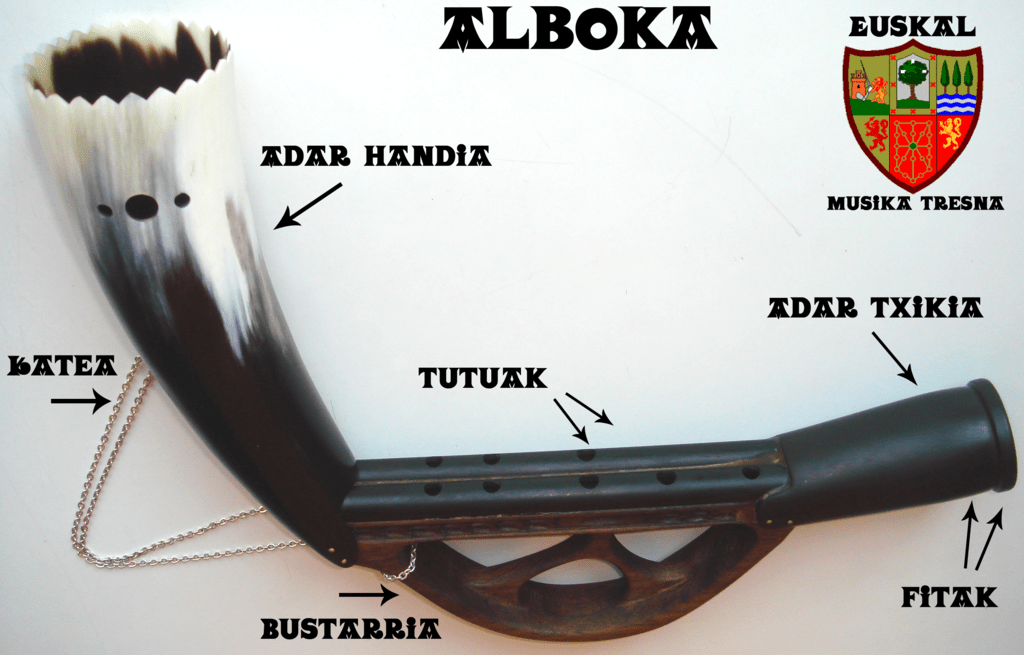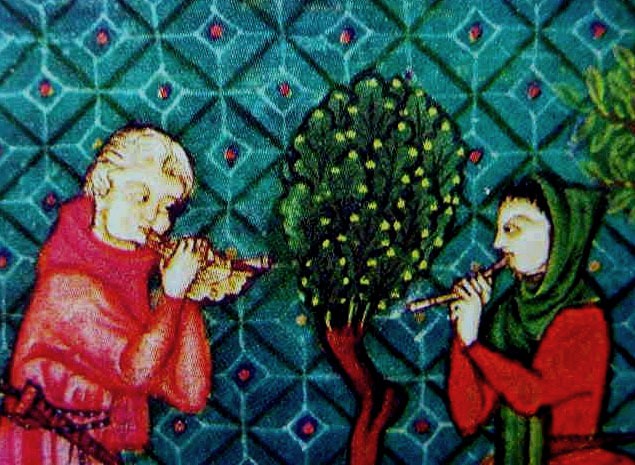Instruments have been a significant part of human history that dated back from several years ago. One example of these instruments is the alboka wind instrument. It is difficult to say where or when this instrument had first made its appearance in the Basque Country. In fact, a document had stated that the alboka was used for singing and dancing. However, the alboka is originally native to Asia but has been brought by the Arab conquest. Traditionally, alboka is made by each individual, which causes deviation in the tuning.
Although the alboka had experienced a decline, it was still used in some regions like Bizkaia, Gipuzkoa, and Navarra in the Arratia Valey.In the Basque country, the repertory consists of jotas, fandangos, arin-arin porrue, and marches. Although several numbers of melodies were played, alboka players seem to have their own personal style of playing music. Perhaps, this explains why there are dozens of versions for every tune. Moreover, the alboka is also a great accompaniment for tambourine. It helps to mark the rhythm in dances, as well as in most of the tunes.
Today, more alboka players were playing in certain parts of South America. It was also being incorporated into modern bands like Kalakan and Garilak 26, where it was accompanied by electric guitars, drums, and accordion.
What Does the Alboka Look Like?
Alboka, also known as albogue (the Spanish word for flute), is a type of small wind instrument that has a single reed and two melody pipes. One of the pipes has three holes, while the other has five holes in it. These tubes were held together by a handle that has two or three finger holes. This handle that holds together the melody pipes were made out of wood. It also has a bell that is made out of an animal horn. This resonating bell is made of a longer section of the animal horn to help amplify the sound emitted by the instrument.
In addition to that, a reed cap of an animal horn is placed around the instrument’s reed in order to contain the breath. The reed also helps to circulate breathing for constant play. Players of alboka are called albokari in the Basque language. As well as that the Alboka is also played as an accompaniment to the tambourine.
Although the Alboka is native to the Basque region, similar instruments can be found in Madrid, Asturia, and Andalusia. In fact, this instrument was established in Spain in the 13th century. However, these Alboka that can be found in Spain only has a single pipe. Interestingly, the name Alboka came from the Arabic word al-buq, meaning ‘the horn.’The alboka instrument is said to be a descendant of the Moroccan double hornpipe that has two cane pipes. Representations of the alboka can be found as sculptural church decorations.Some notable alboka players are Allan Griffin and Ibon Koteron, a Basque musician.
How to Play the Alboka?
Alboka is one of the distinctive Basque folk instruments that has been widely played in recent years but had begun to disappear. Nevertheless, in recent years, it had re-emerged and captured the interest of the people, mostly the young. To play the Alboka, the instrument must be blown out non-stop, just like the bagpipe and the xirolarru. However, unlike the bagpipe, the alboka doesn’t have a bag to store up the air.
Instead, the alboka instrument uses a system called circular breathing, which is one of its interesting features. With this, the player must do a circular routine of taking in the air and blowing it out. This breathing is made by exhaling through the mouth and simultaneously breathing in through the nose in order to produce an interrupted and continuous sound. The alboka is generally pitched in A, alongside its six notes, including B, C, D, E, and F sharp. Alboka players learn this system by practicing via a straw or a slender cane and creating bubbles in the water. Another exercise that they are practicing is by covering the instrument’s horn, a Basque beret, and forcing the air through the txapela filter.


